Mastering Indian cooking isn’t just about using the right spices or techniques—it’s largely about understanding heat control. Whether you’re simmering dal, sautéing vegetables, or developing deep curry flavours, selecting the right temperature at the right time makes all the difference. Too much heat burns the tadka, causes masalas to stick, and leaves vegetables undercooked on the inside. Too little heat, and your dishes lack depth, aroma, and texture.
With a little attention and the right cookware, you can achieve that perfect balance every time.
Table of Contents
Why Heat Control Matters in Indian Cooking
Indian dishes often involve a sequence—tempering, sautéing, slow cooking, reducing, and finishing. Each step demands a different level of heat. Understanding these shifts lets you build flavour gradually rather than shocking ingredients with extreme temperatures.
Proper heat balance also protects nutrients, keeps natural flavours intact, and prevents food from turning greasy or over-reduced.
Managing Heat While Cooking Dal
Start Low to Bloom Spices
While making tadka, always begin on low to medium heat so whole spices—jeera, mustard seeds, hing—can release their aroma without burning. Burnt tempering can turn the dal bitter.
A heavy-bottomed Meyer stainless steel triply kadai or cast iron kadai works well because it distributes heat evenly and prevents spices from charring too quickly.
Simmer, Don’t Rapid Boil
After the dal comes to a boil, reduce the flame immediately. A vigorous boil breaks the grains unevenly and makes the dal frothy, while gentle simmering cooks it evenly and develops creaminess.
Finishing on Low Heat
After adding tadka to the cooked dal, simmer for 3–4 minutes on low flame for the flavours to meld without separating the fat.
Meyer Cast Iron Deep Kadai with Glass Lid , 24cm
Balancing Heat for Sabzi (Vegetable Dishes)
Begin with Medium Heat for Searing
For sabzis that require sautéing—like bhindi, gobhi, or aloo—start on medium heat. This helps remove moisture, especially in watery vegetables.
A heavy-gauge pan, such as a Meyer cast iron skillet or a non-stick hard-anodized sauté pan, maintains stable heat without sudden spikes.
Reduce Heat Once Vegetables Release Moisture
Once the sabzi begins softening and releasing water, bring the heat down to low. Cover partially to allow gentle steaming while preventing sogginess.
High Heat at the End for Crisp Texture
Finish dry sabzis like aloo-jeera or cabbage stir-fry on medium-high heat for a few minutes to develop the perfect roasted edges without burning.
Heat Control for Gravies & Curries
Low Heat for Bhuna (Sautéing Masala)
Bhuna is the foundation of curry making. Keep the flame low-to-medium while cooking onions, ginger, garlic, and tomatoes. This evaporates moisture slowly and allows natural oils to release—a sign the masala is fully cooked.
Using a thick-bottomed Meyer stainless steel sauté pan prevents sticking during bhuna, especially with onion-heavy curries.
Medium Heat for Spice Integration
Once the masala leaves oil, raise the heat slightly when adding powdered spices. Cooking them on medium heat for 20–30 seconds removes the raw taste without scorching.
Low Heat for Slow Cooking
After adding water, coconut milk, or stock, cook the curry on low heat. Slow cooking develops body and depth, especially in dishes like rajma, chole, and chicken curry.
Cookware Matters for Heat Balance
The right cookware helps manage heat naturally—without constant adjustments.
- Retains heat exceptionally well
- Ideal for slow cooking, roasting sabzis, and high-heat finishes
- Perfect for dishes requiring stable, consistent heat
- Even heating from base to rim
- Great for bhuna, gravies, and dal
- Reduces chances of burning due to hot spots
- Excellent for delicate sabzis or low-oil cooking
- Prevents sticking during onion-tomato masala
- Best for busy kitchens where quick cooking is needed
Cookware like Meyer triply saucepans, hard-anodized kadais, and cast iron skillets support heat control across all stages of Indian cooking.
Practical Tips to Keep Heat Under Control
Let the pan preheat gradually.
Starting a cold pan on a high flame shocks the metal and leads to uneven heating.
Add salt at the right time.
Salt draws moisture—adding it too early can brown vegetables too quickly.
Stir only when needed.
Over-stirring drops the temperature suddenly, especially in cast iron.
Use lids strategically.
Covering traps steam and controls heat from above, essential for dals and mushy sabzis.
Adjust flame based on sound and aroma.
A crackling sound means the heat is too high; a dull stew-like bubbling indicates ideal simmering.
Conclusion: Heat Control Makes You a Better Cook
Balancing heat isn’t about being perfect—it’s about paying attention to how ingredients behave. Once you understand how dal simmering, sabzi roasting, and curry reduction respond to temperature, cooking becomes effortless and stress-free. When paired with heavy-bottomed cookware like cast iron, triply stainless steel, or hard-anodized pans, you’ll notice fewer burnt masalas, smoother gravies, and better texture in everyday meals.
Master the flame, and your dishes—not just the recipes—begin to transform.


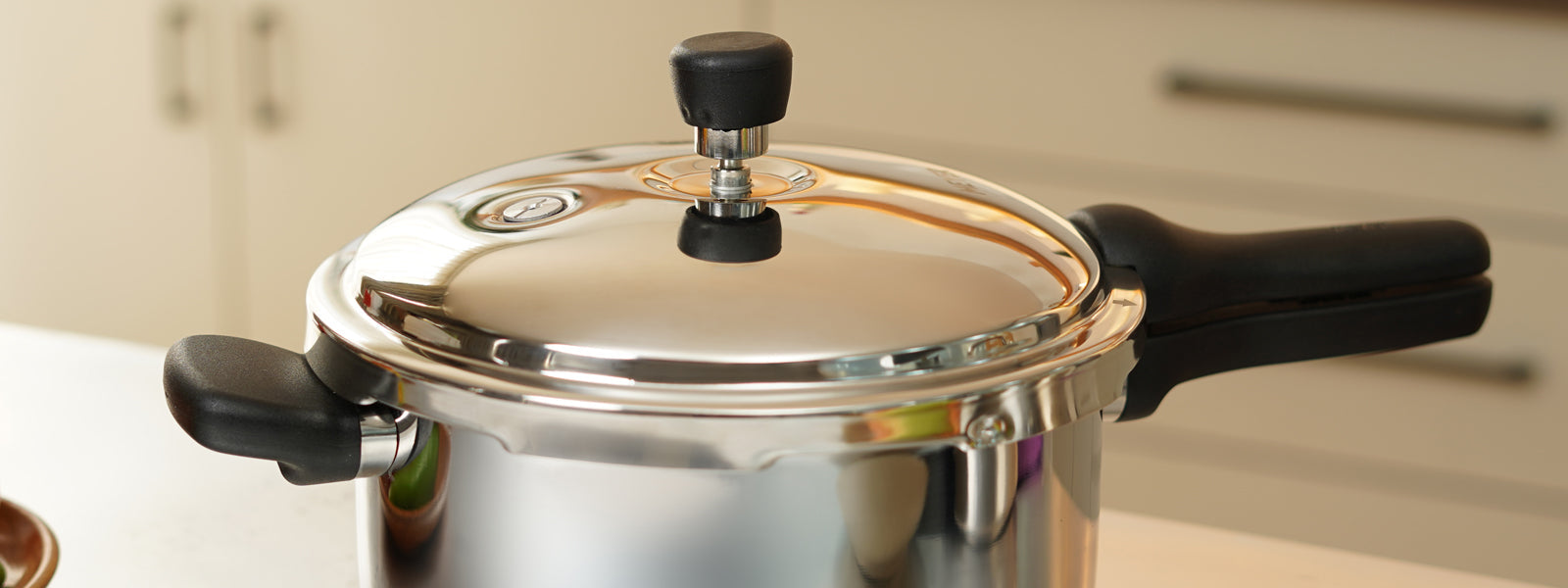

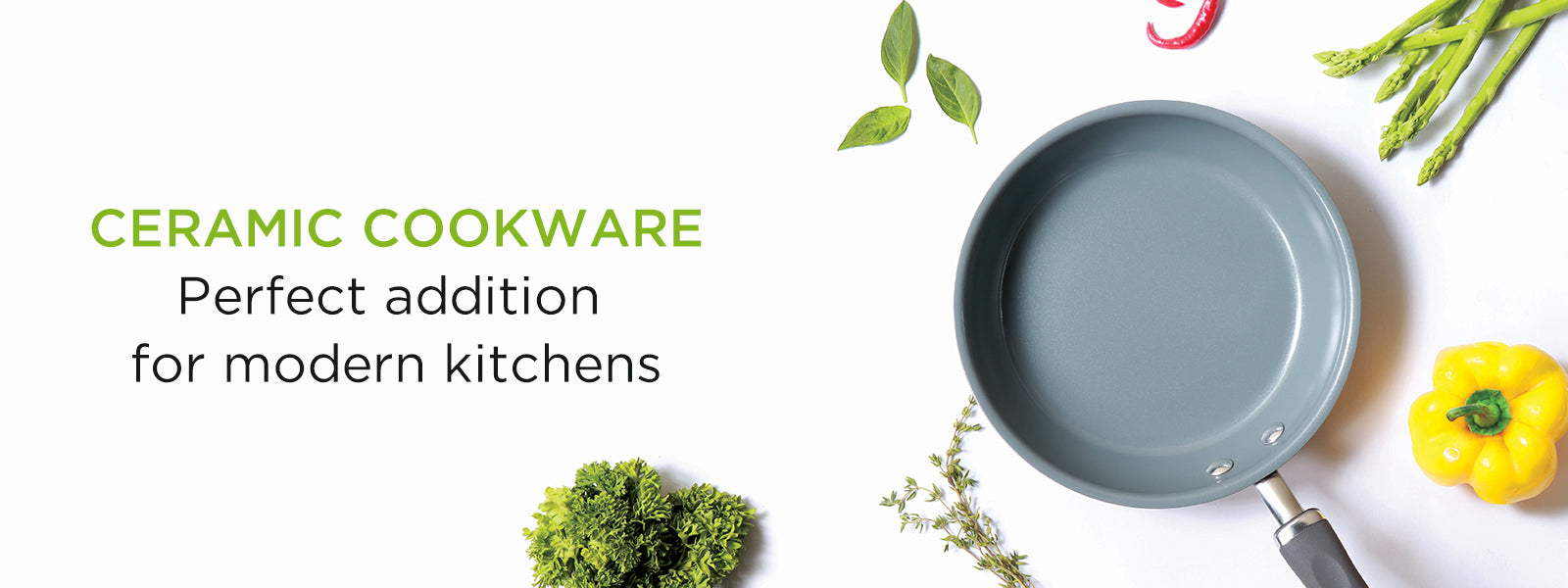
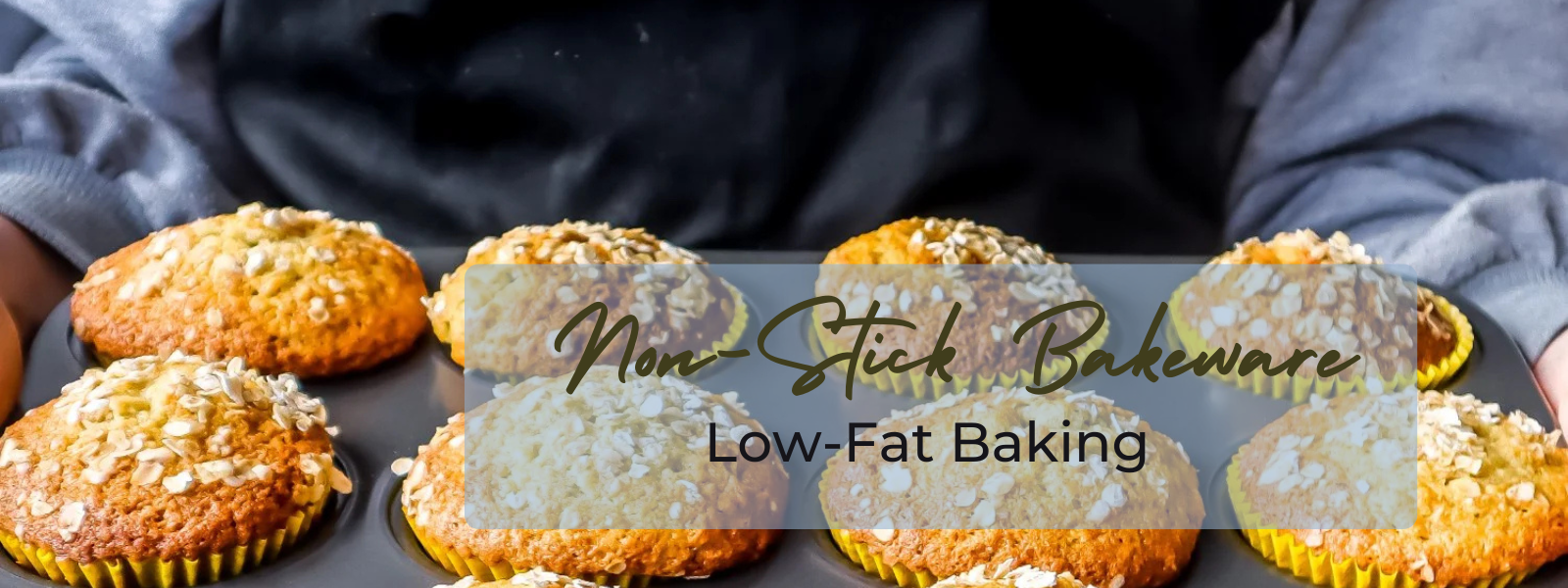

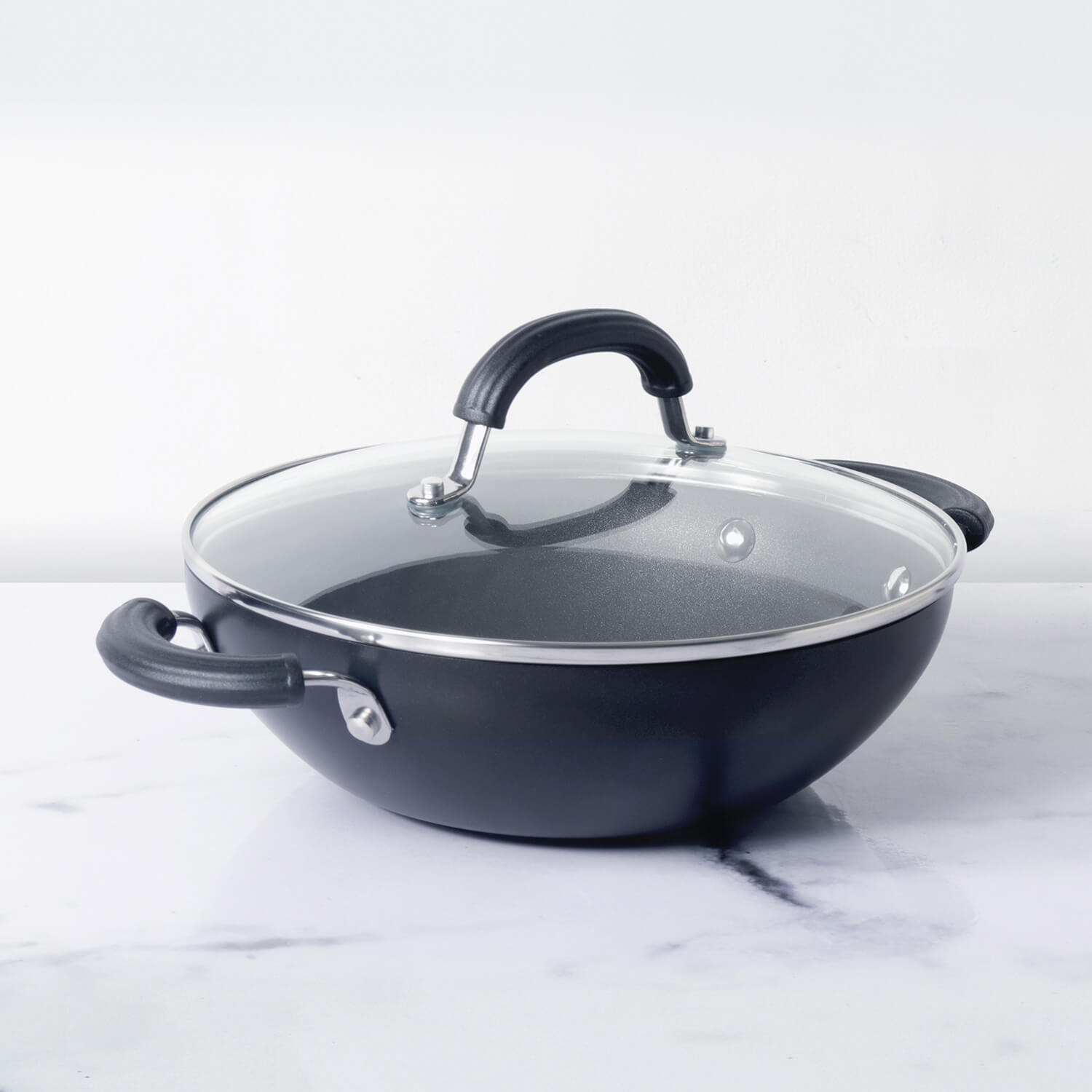
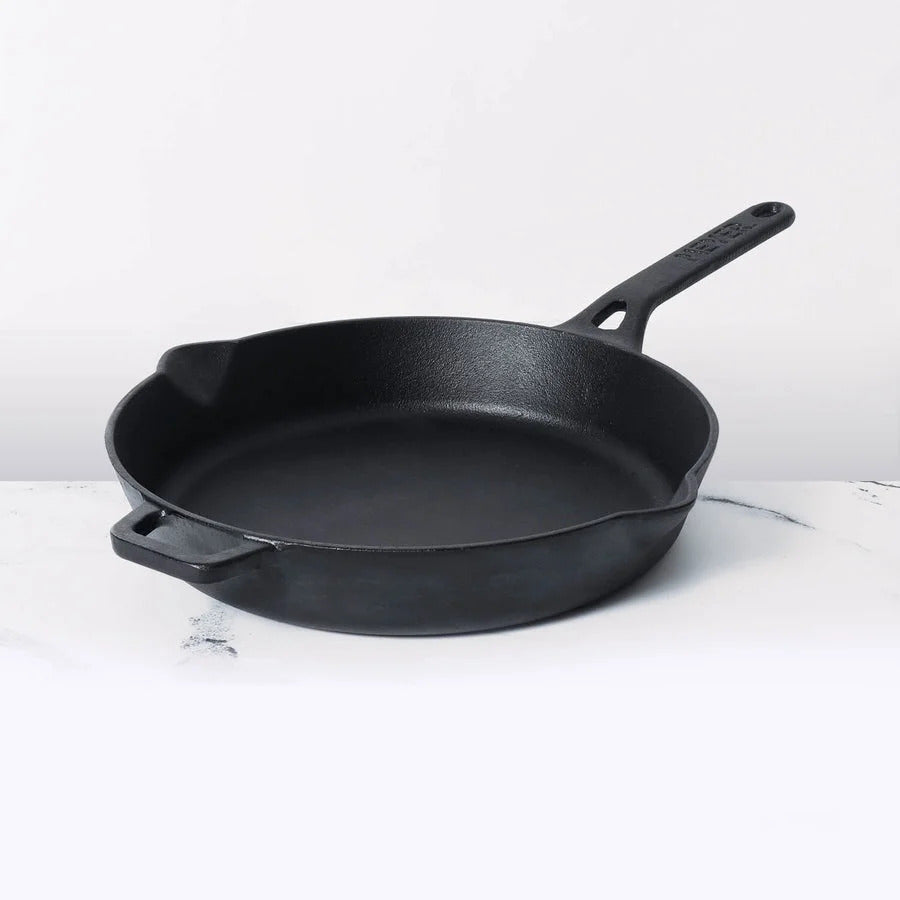




Leave a comment